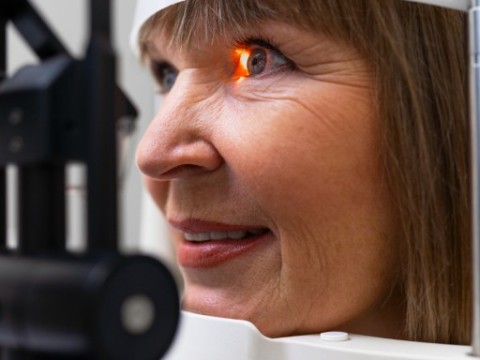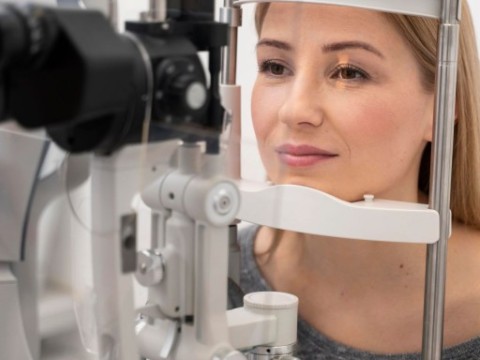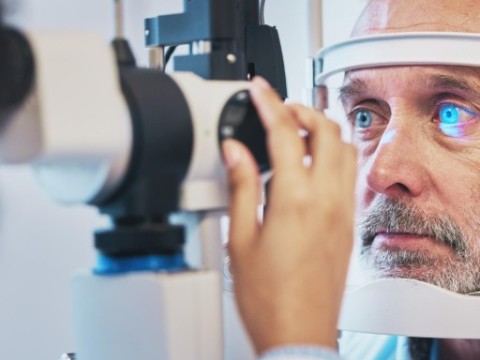What is Eye Pressure (Glaucoma)?
Intraocular pressure is the fluid pressure inside the eye. It is usually referred to simply as eye pressure and usually occurs because of a quite serious condition in nature, known as glaucoma. Glaucoma is a condition that arises when an abnormally high level of pressure within the eyeball damages the optic nerve responsible for carrying visual information from the eye to the brain. This is the type of damage that can cause loss of vision and, if untreated, may lead to blindness. Glaucoma has been referred to as the "silent thief of sight" since early stages are often symptom-free.
Causes and Risk Factors for Glaucoma
It is not always known exactly why eye pressure increases, but it can be associated with an imbalance between production and drainage of the eye's aqueous fluid. Risk factors for glaucoma include, but are not limited to, increasing age (people over 60 are at higher risk), family history, high eye pressure, medical conditions such as diabetes, and long-term use of corticosteroid medications. Other people may have a genetic tendency toward the development of glaucoma. Glaucoma is usually diagnosed with regular eye exams, since most people do not have noticeable symptoms until after significant optic nerve damage has taken place.
Symptoms, Treatment, and Management
The symptoms of glaucoma are not usually seen in the initial stages, hence it is usually termed as a silent disease. In advanced conditions, patients are often found to present with peripheral vision loss or with tunnel vision. Glaucoma treatment usually tries to reduce pressure inside the eyes in order to prevent damage to the optic nerve. This can be achieved by prescription eye drops, oral medications, laser therapy, or surgery in the more advanced stages. It is very important to have regular monitoring by an eye specialist to manage eye pressure and prevent loss of vision.
- Health Insurance
-
Accommodation
- Online Healthy Life Assistant 9/5
- Post - Experience Follow Up 6 Month
-
Extra Privileges
- Transfer

- Health Insurance
-
Accommodation
- Online Healthy Life Assistant 24/7
- Post - Experience Follow Up 1 Year
-
Extra Privileges
- Pre-Treatment Doctor Consultation
- Transfer

 Private
Private
- Health Insurance
- Healthy Life Butler
- Post - Experience Follow Up 2 Year
- World-Famous Doctor Consultation
-
Extra Privileges
No suitable hotel found for the relevant dates!
* Price varies depending on extra and upgrade selections.
Eye pressure, also known as intraocular pressure (IOP), refers to the fluid pressure inside the eye. Glaucoma is a group of eye conditions where elevated eye pressure can damage the optic nerve, leading to vision loss.
Glaucoma often progresses without noticeable symptoms in its early stages. However, as the condition advances, individuals may experience vision loss, peripheral vision problems, halos around lights, and eye pain.
How is eye pressure measured? Eye pressure is measured using a tonometer. The most common method involves numbing the eye with eye drops and then using a small device to gently touch the surface of the eye and measure the pressure.
Treatment may include prescription eye drops, oral medications, laser therapy, or surgical interventions. The goal is to reduce eye pressure and slow down or prevent further damage to the optic nerve.




